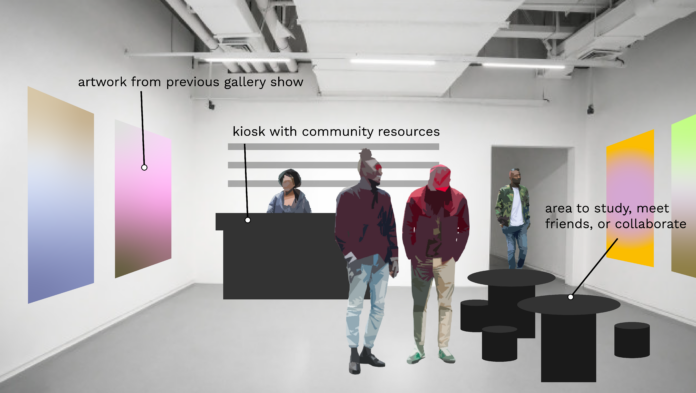The “Focus” section of my research thus far has helped me explore the following ideas:
- An overview of the contested “cause and effect” of artists and gentrification
- The positive impacts of galleries in “arts districts”: to bring tourists, to sell artists’ works, to boost business for surrounding shops and restaurants
- The negative impacts of galleries in (actively gentrifying) “arts districts”: attracts developers, causes displacement, causes cultural erasure
- Artists’ thoughts about their role in gentrification, and their ways of addressing it
In the video about 400 East Rich, gentrification was deemed “without the negative” parts (displacement), because the area was already vacant so there was no one to displace. In terms of the Short North, which is by Grodach, Foster, and Murdoch’s standards is probably considered “already gentrified” or “affluent”, the displacement has already happened. And, until now, so have the art galleries. However, while considering the impacts of COVID-19 and the inevitable closures of businesses in the area, there could be new vacancies in the Short North. With that in mind, this design conjecture proposes a de-gentrification agenda by revamping galleries with a focus on BIPOC artists with less access to affluent galleries and museums. In this conjecture, I am thinking about a space that still is a gallery, but is extremely accessible to organizations, groups of friends, or individual artists to have their own shows independently. Outside of gallery openings or special events, the space would be flexible to become a general hangout spot or workspace for BIPOC folks who want to a) be around other people of color, and b) not feel as though they need to purchase anything in order to hang out there (as opposed to a coffee shop or bar).




